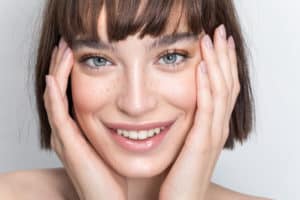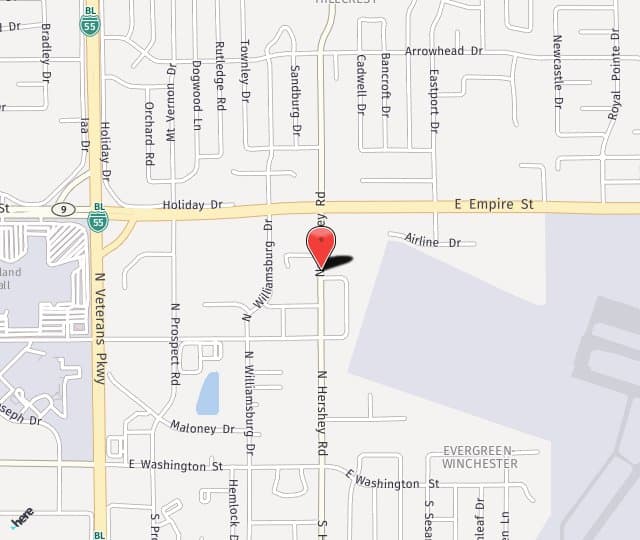
Who is a Good Candidate for Blepharoplasty?
One of the most common questions about eyelid rejuvenation surgery is “what is the right age?” The answer is there is no right answer. Some people have eyelid surgery in their thirties. However, in these instances, there is often a desire to address anatomical eyelid shape rather than the signs of aging. Cosmetic blepharoplasty for age-related concerns often appeals to people as young as their forties, though the procedure is also beneficial for patients in their fifties, sixties, and seventies. More than age, what patients are advised to consider is their appearance and what they’d like to achieve.
Blepharoplasty Surgery Scars
Blepharoplasty is performed through “hidden” incisions. In the upper eyelid, the natural crease is the ideal positioning for incisions. Here, the resulting scars are typically only seen when the eyes are closed, no makeup is on the skin, and the person looking for scars is very close to the face. Essentially, scars are imperceptible. Lower blepharoplasty involves incisions on the inside of the eyelid, so scarring is completely invisible.
Is Blepharoplasty the Right Procedure?
When the eyes look tired, angry, sad, or some other way we wish they did not, it is reasonable to think the eyelids need treatment. In some cases, the real culprit of upper eyelid heaviness is the forehead. One way to discern if a sagging forehead and brow line is the problem is to observe the skin at the outer edges of the eyes. Deep creases here indicate that tissue is drooping from the upper region of the face, not the eyelids.
Dr. Tattini is a board-certified plastic surgeon serving patients in and around Bloomington, IL. To learn more about blepharoplasty, call (309) 664-1007.

